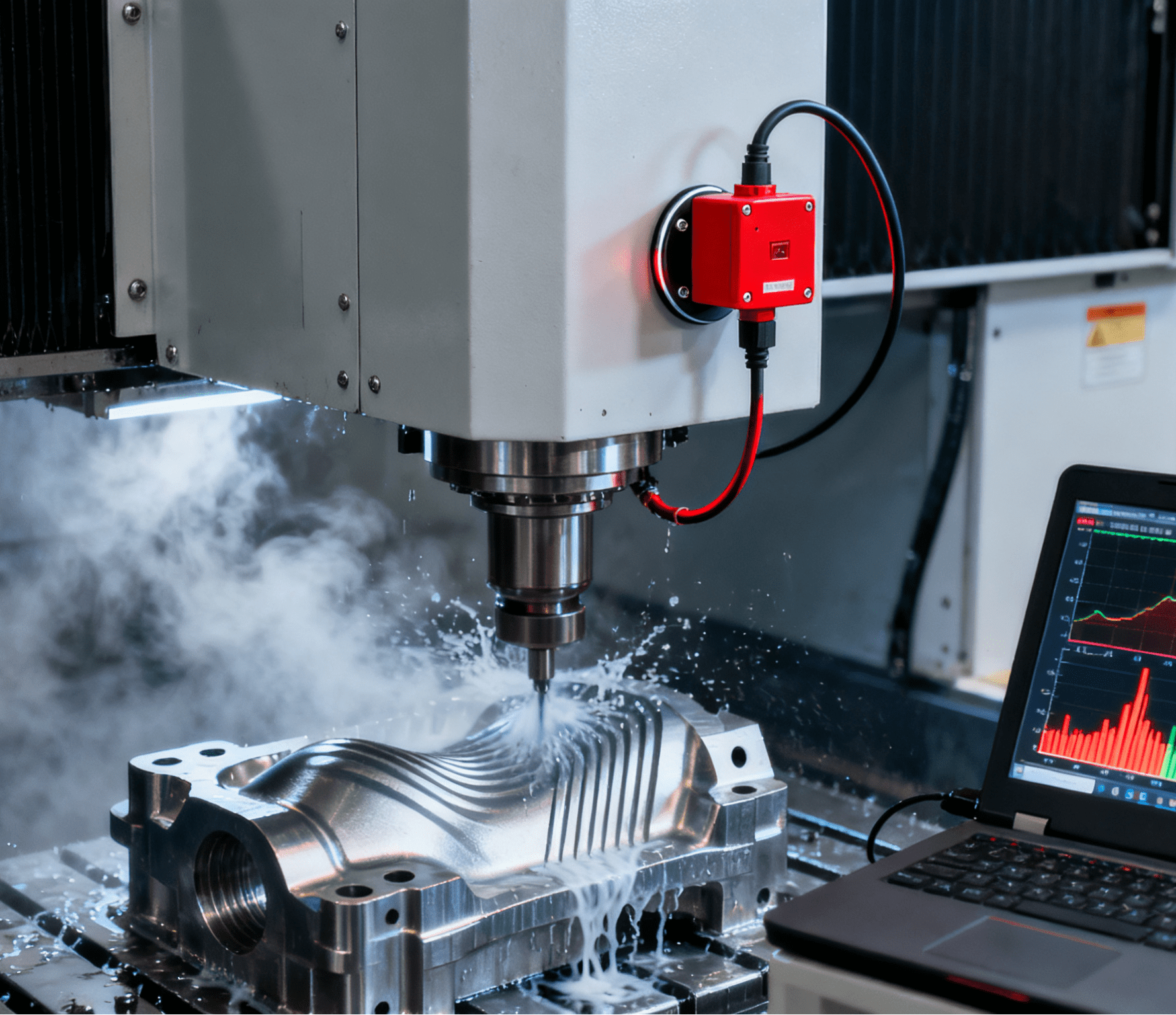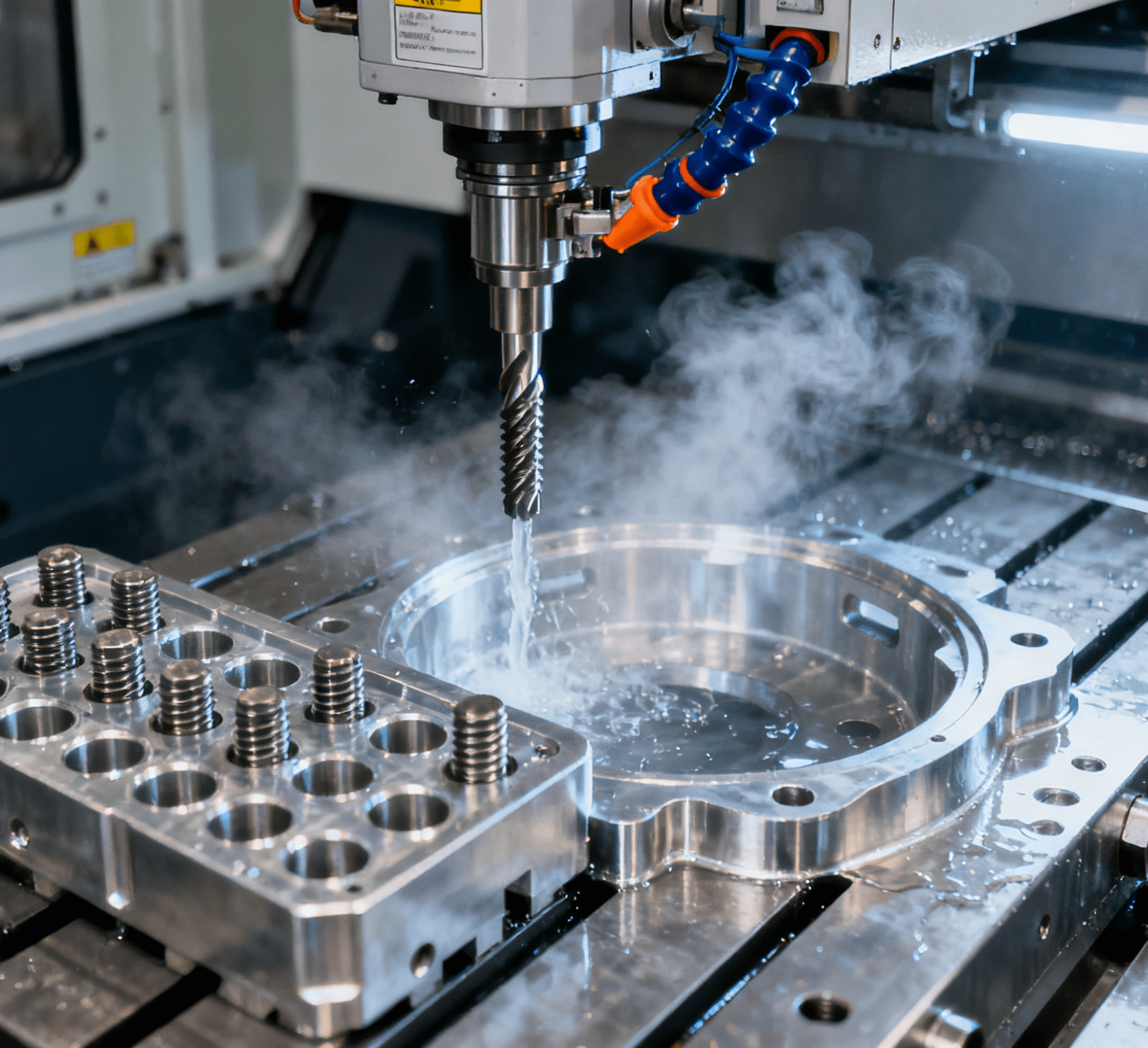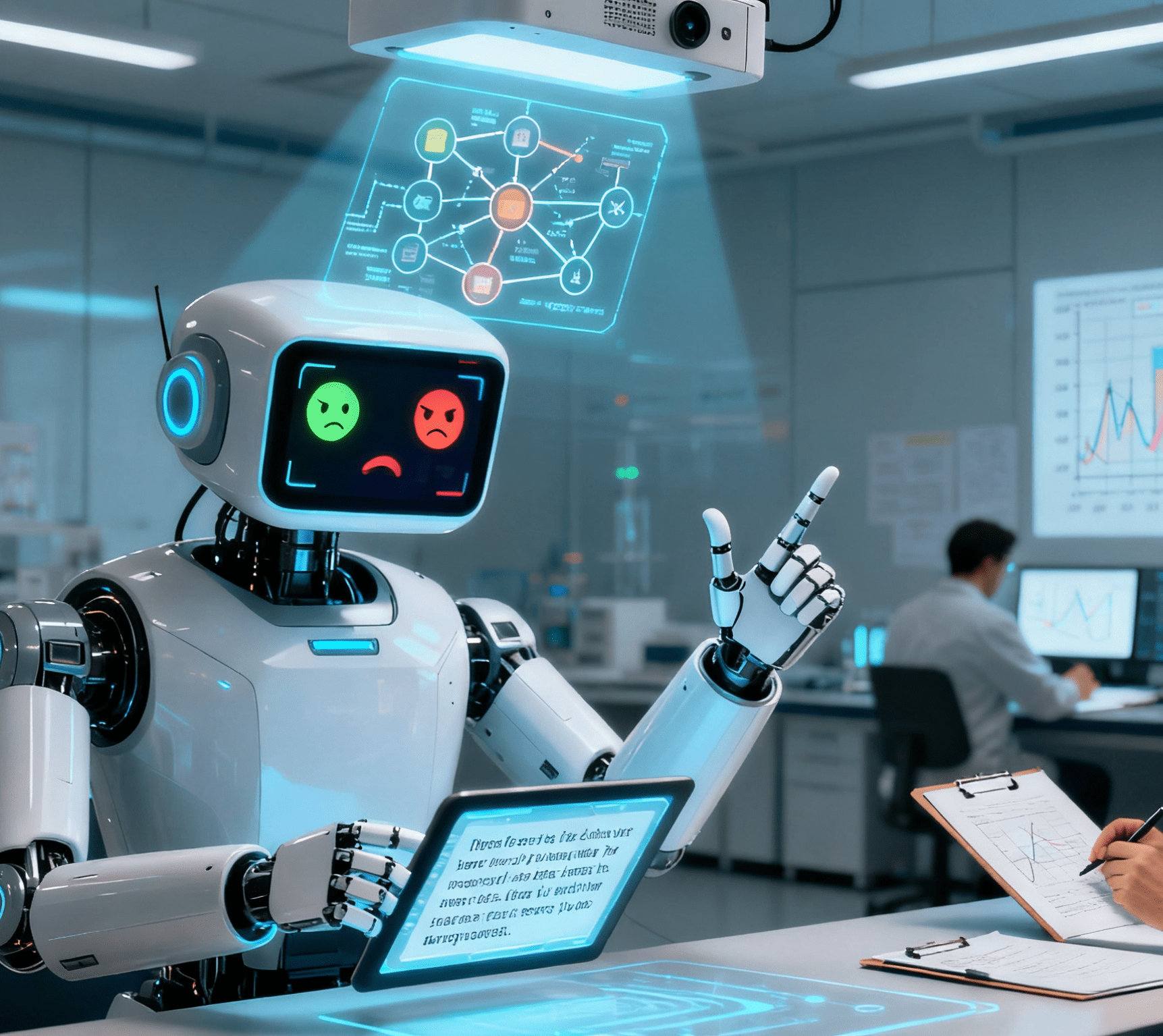Table of Contents
ToggleRevolutionizing Auto Parts Assembly: Ruizhi Intelligence’s Fully Automatic Assembly Machine Reshapes the New Paradigm of Intelligent Manufacturing

In the wave of global automotive industry transformation towards electrification and intelligence, the assembly process of auto parts is upgrading from traditional assembly line operations to fully automated and flexible production. Recently, Ruizhi Intelligence has launched a new generation of Auto Parts Assembly Machine, which overcomes the assembly challenges of complex components such as new energy vehicle motor housings and sensor modules with micron-level precision and AI-driven adaptive capabilities, pushing automotive manufacturing into a new stage of intelligent manufacturing featuring “zero error and high flexibility”.
Core Technological Breakthroughs: Deep Integration of AI and Precision Machinery
Six-Axis Force-Controlled Intelligent Assembly System
The aviation-grade six-axis robotic arm equipped in the equipment adopts a titanium alloy lightweight skeleton and integrates a 64-bit force sensor matrix, constructing an intelligent closed-loop of “perception-decision-execution”:
- Dynamic Torque Adaptive Control: For different scenarios such as automotive engine bolts (requiring 8-12N·m torque) and electronic component clips (0.5-1N·m), the system can automatically switch between 12 tightening modes, with torque control accuracy reaching ±0.03N·m. After application by a new energy vehicle manufacturer, the missing tightening rate of motor housing bolts dropped from 0.8% to 0.02%, and the assembly efficiency increased by 2.5 times.
- Flexible Buffer Assembly Technology: When installing glass lenses for automotive sensors, the robotic arm presses with a constant force of 0.1N, combined with a visual positioning system to achieve 0.02mm-level gap control, reducing the lens breakage rate by 90% compared with traditional rigid assembly.
3D Visual Guidance and Defect Detection
The equipment adopts a combination of 5K ultra-high-definition industrial cameras and lidar to achieve full-size inspection and intelligent positioning of components:
- Micron-Level 3D Modeling: Generating a 3D point cloud model of components through structured light scanning, it can identify 0.05mm-level deformation of assembly surfaces. In the assembly of vehicle camera modules, the system can automatically compensate for the injection molding tolerance of the lens bracket, controlling the optical axis deviation within ±0.01°.
- Real-Time Screening of AI Defect Library: A deep learning model built-in with 500,000 defect samples of auto parts can identify 189 types of assembly anomalies such as scratches, deformations, and missing parts. After introduction by a German automaker, the manpower in the quality inspection process was reduced by 70%, and the defect missed detection rate dropped from 0.5% to 0.01%.
Modular Flexible Changeover System
The equipment adopts a quick-plug tooling module design, supporting rapid switching production of multi-category components:
- 10-Minute Ultra-Fast Changeover: Dedicated tooling modules are equipped for three major categories of components: motor housings, vehicle cameras, and sensor modules:
- Motor module: Integrated with multi-axis tightening mechanism and airtightness detection device;
- Camera module: Equipped with optical focusing system and dust-proof clean unit;
- Sensor module: Built-in circuit conduction detection tooling.
Through a hydraulic locking device, the module replacement time is compressed to 10 minutes, increasing efficiency by 85% compared with traditional changeover.- Intelligent Pushing of Process Parameters: During changeover, the MES system automatically retrieves the BOM table of the corresponding product, and the AI algorithm optimizes the assembly path based on historical data, avoiding the 2-hour parameter debugging required by traditional manual programming.
Application Scenarios in Practice: Dual Innovation of Efficiency and Quality
Case 1: Precision Assembly of New Energy Vehicle Motor Housings
In the production line of a three-in-one electric drive system for a domestic new energy vehicle brand, the comparison between traditional processes and automated equipment is as follows:
| Process Type | Manual Assembly (15 Workers) | Ruizhi Intelligence Assembly Machine (2 Equipment) |
| Single-Shift Capacity | 300 units | 900 units |
| Bolt Assembly Pass Rate | 92% | 99.98% |
| Airtightness Defect Rate | 3.5% | 0.2% |
| Energy Consumption Cost | 5,000 yuan/shift | 1,800 yuan/shift |
Especially in the press-fitting process of the motor stator and housing, the equipment monitors the pressure distribution at 16 points in real-time and adjusts the press-fitting speed (0.1-5mm/s), controlling the coaxiality deviation between the stator core and housing within ≤0.05mm, which increases the precision by 4 times compared with manual assembly, laying the foundation for the efficient operation of the motor.
Case 2: Fully Automatic Assembly of Vehicle Camera Modules
For ADAS camera modules of intelligent vehicles, the equipment achieves full-process unmanned production:
- Pain Points of Traditional Processes: The alignment of the lens and image sensor requires manual adjustment with a microscope, taking 15 minutes for single module assembly, and the proportion of optical axis offset exceeding 0.1° reaches 12%.
- Automated Solution: Through a dual-vision system (top-view + side-view cameras), it real-time monitors lens offset, and the robotic arm adjusts the position with 0.01mm-level precision. Combined with an automatic UV glue curing device, the assembly time for a single module is shortened to 3 minutes, and the optical axis offset is controlled within ±0.03°. After application by an autonomous driving technology company, the pass rate of camera modules increased from 85% to 99.6%, saving over 5 million yuan in quality costs annually.
Industry Impact: Opening the Era of Automotive Intelligent Manufacturing 4.0
As the global automotive industry accelerates its transformation towards the “four modernizations”, flexible assembly capabilities have become the core competitiveness of automakers. The R&D director of Ruizhi Intelligence pointed out that the equipment supports docking with automakers’ digital twin systems through the OPC UA protocol, which can synchronize assembly data to the cloud in real-time, realizing full-process digital management from order to finished product.
At present, the equipment has been implemented in the smart factories of leading new energy vehicle manufacturers such as BYD and NIO, averagely reducing 20 workers for each production line and decreasing the workshop floor area by 35%. Industry data shows that the market for auto parts assembly machines will grow at an average annual rate of 28% in the next 3 years. Equipment with AI vision and modular design will become the mainstream, promoting the thorough transformation of automotive manufacturing from “large-scale production” to “customized intelligent manufacturing”.
Technical Extension: The equipment’s six-axis force control technology has obtained a national invention patent (Patent No.: ZL2024XXXXXX), and the 3D vision system has passed the ISO 13849 PLd safety certification. Ruizhi Intelligence will demonstrate the high-speed assembly process of motor housings at the German IAA Motor Show in September 2025, where visitors can closely observe the technical details of 0.02mm-level precision assembly.
#AutomotiveIntelligentManufacturing #FullyAutomaticAssemblyMachine #NewEnergyVehicles #Industry4.0




















